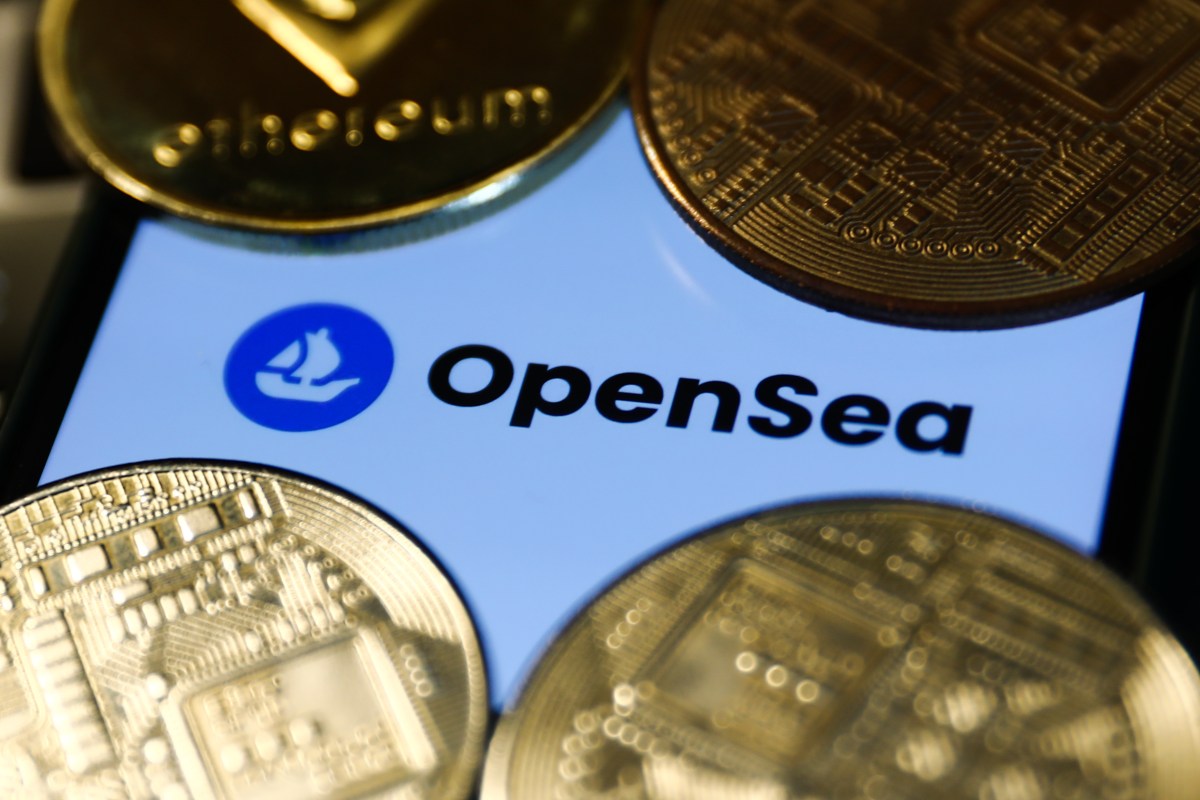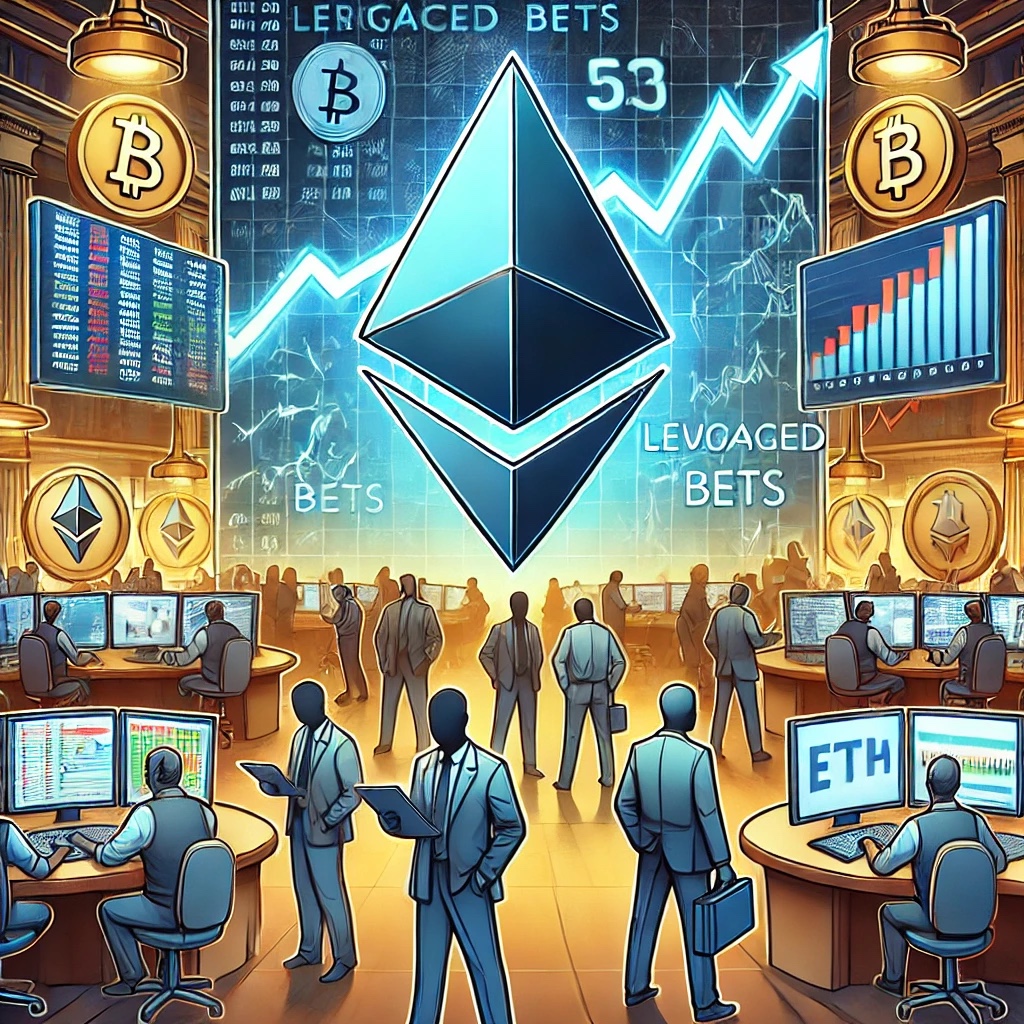OpenSea takes the long view by focusing on its UX even as NFT sales remain low
It’s fair to say the NFT space has lost a lot of its sparkle over the past few years, but that hasn’t stopped some founders, investors and projects from trucking along in hopes of another surge. Devin Finzer, the CEO behind OpenSea, one of the first NFT marketplaces to gain serious traction and market share, is still betting big on the sector.
On January 1, 2022, NFT global sales volume peaked at $23.73 billion. Two years later, by the first day of 2024, they had fallen 94% to a mere $1.4 billion.
That kind of decline in sales volume obviously has had an impact on the revenue side of OpenSea’s business, but Finzer says it’s not something the company is “laser focused on.” Instead, the company is working to improve its core products and user engagement, and bring in new incumbents — work “that sort of leads to higher volumes,” he told me recently on TechCrunch’s Chain Reaction podcast.
The NFT marketplace exploded back in 2021 when everyone and their grandmother was spending on NFTs of profile pictures and digital art, but Finzer thinks those were early use cases. “We still have so much further to go in terms of representing all of the wide array of things that NFT’s can represent,” he said. “Gaming is an example of a category that’s still really early.”
Founded in 2017, OpenSea quickly became one of the most well-known and well-funded NFT marketplaces in the world. It has raised over $400 million in total, and some of its backers include VC firms like Andreessen Horowitz and Paradigm, as well as celebrities including Kevin Durant and Ashton Kutcher.



